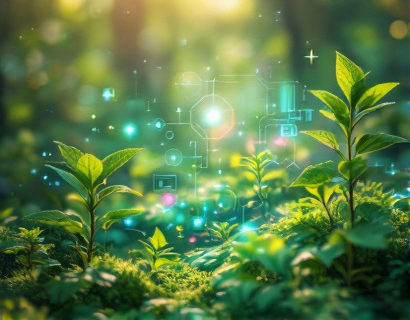Achieving Sustainable Growth in the Pumpkin Industry
The pumpkin industry is a significant contributor to the global economy, providing a wide range of products and services that cater to various needs and preferences. As the demand for sustainable and eco-friendly products continues to rise, it is essential to understand the current state of the industry and identify opportunities for growth and innovation.
Market Trends and Insights
The global pumpkin market is expected to grow at a CAGR of 5.5% from 2025 to 2025, driven by increasing demand for organic and specialty pumpkins. The market is also becoming increasingly competitive, with new players entering the market and existing players expanding their product offerings.
- Organic pumpkins are gaining popularity due to their higher nutritional value and lower environmental impact.
- Specialty pumpkins, such as decorative and heirloom varieties, are in high demand due to their unique characteristics and aesthetic appeal.
- The rise of online shopping and e-commerce has increased the demand for pumpkin-related products, such as seeds, fertilizers, and decorations.
Industry Players and Trends
The pumpkin industry is dominated by a few large players, including the United States, China, and Canada. These countries are the largest producers of pumpkins, accounting for over 70% of global production.
- The United States is the largest producer of pumpkins, accounting for over 40% of global production.
- China is the second-largest producer of pumpkins, accounting for over 20% of global production.
- Canada is the third-largest producer of pumpkins, accounting for over 10% of global production.
Technology and Innovation
The use of technology is becoming increasingly important in the pumpkin industry, with many companies using data analytics and artificial intelligence to improve crop yields, reduce waste, and enhance customer experience.
- Machine learning algorithms are being used to optimize crop yields and predict weather patterns.
- Internet of Things (IoT) devices are being used to monitor and control pumpkins in real-time.
- Virtual and augmented reality are being used to create immersive and interactive experiences for customers.
Environmental Sustainability
The pumpkin industry has a significant environmental impact, with many companies facing challenges in reducing their carbon footprint and promoting sustainable practices.
- Many companies are adopting sustainable practices, such as using renewable energy sources and reducing water usage.
- Organic and specialty pumpkins are being promoted as more environmentally friendly options.
- The use of biodegradable packaging and compostable materials is becoming increasingly popular.
Market Opportunities and Challenges
The pumpkin industry faces several challenges, including increasing competition, changing consumer preferences, and rising production costs.
- Competition from new players and existing players expanding their product offerings.
- Changing consumer preferences, such as a shift towards more sustainable and eco-friendly products.
- Rising production costs, including increased labor and material costs.
Conclusion
The pumpkin industry is a complex and dynamic market that requires a deep understanding of current trends, technologies, and environmental sustainability. By staying informed and adapting to changing market conditions, companies can position themselves for success and achieve long-term sustainability.
The use of technology, innovation, and sustainable practices can help the pumpkin industry to achieve its goals and provide a better future for generations to come.










































